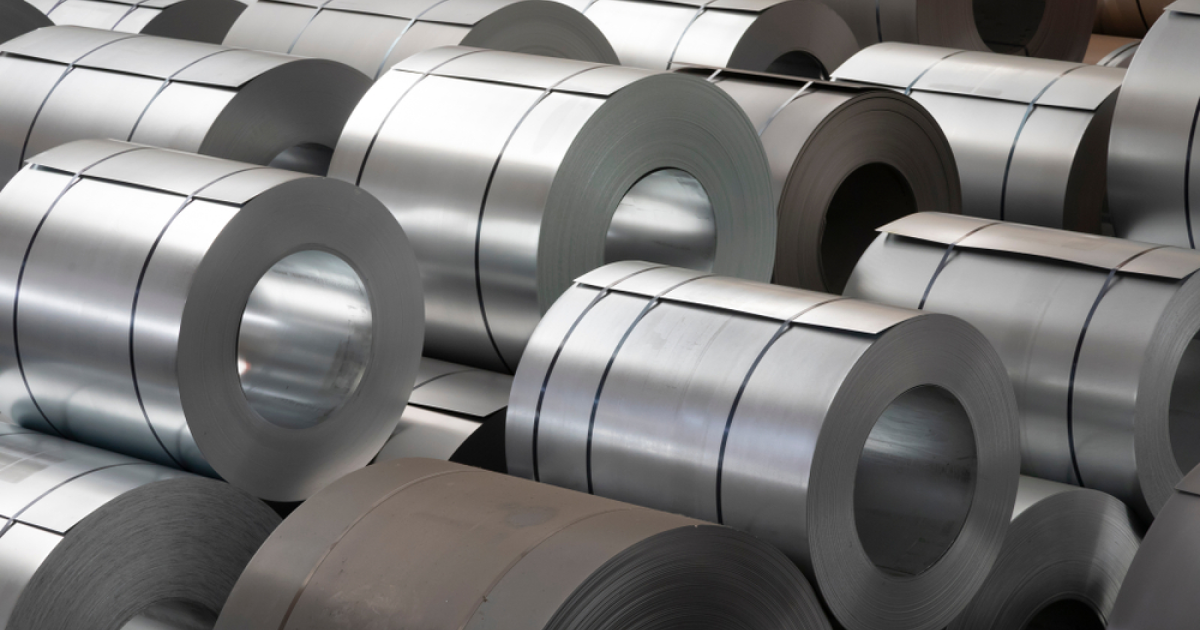
News Global Market China 2353 06 July 2023
In January-May 2023, the country increased steel exports by 41% y/y
Steel exports from China will grow by about 10% and reach more than 72 million tons by the end of this year, predicts SteelMint. The total volume of exports of Chinese steel products in 2022 amounted to about 67 million tons.
In January-May 2023, steel exports from China increased by 41% compared to the same period in 2022 – to more than 36 million tons. And this indicates a trend that will probably continue until the end of 2023.
A number of factors will contribute to the increase in Chinese exports. Thus, domestic steel production in the country remains high despite low demand. which has not increased in recent months. Investments in the real estate construction sector, the largest consumer of steel, in January-May 2023 fell by 7.2% y/y, real estate sales – by almost 1% y/y, and housing stock increased by 16% compared to the same period in 2022.
At the same time, by the end of June 2023, the level of blast furnace capacity utilization among 247 Chinese steel plants reached a new maximum of almost 92%. There have been no such indicators since the beginning of March 2021. So Chinese plant are looking at exports as a key channel for offloading stocks. In addition, since the beginning of 2023, the yuan has depreciated against the dollar by almost 7%, which has increased the competitiveness of supplies to overseas markets.
In addition, high demand from some importing countries is recorded in certain regions (for example, in the Middle East and North Africa (MENA). In January-May 2023, the volume of Chinese exports to these markets increased by 63% compared to the same period in 2022 – up to 10.3 million tons. In particular, the Middle East is slowly shifting its focus from oil infrastructure to billion-dollar infrastructure projects to speed up the economy, which requires significant volumes of steel imports.
Inflation in a number of Southeast Asian economies makes it more viable to import cheaper Chinese steel. In addition, demand for steel in the region, especially in Indonesia, has been spurred by the revival of implementation of infrastructure projects with the support of China. However, the indicators of the construction sector in Vietnam, one of the main buyers of the PRC, remained slow in January-May 2023.
SteelMint predicts that uncertainty in China’s real estate sector will continue, so recovery in domestic steel demand will be slow. However, it cannot be ruled out that in the second half of the year, the Chinese authorities may resort to stimulating measures that will add confidence to the real estate market. In addition, the national currency is expected to recover some positions.
As GMK Center reported earlier, the Chinese Baosteel expects that the export of rolled steel from the country will continue to grow amid decrease in demand for steel in the domestic market. At the same time, the company believes that the process of increasing the export of steel products will be gradual and slow, and will also depend on the balance between the domestic and foreign markets during a certain period.




